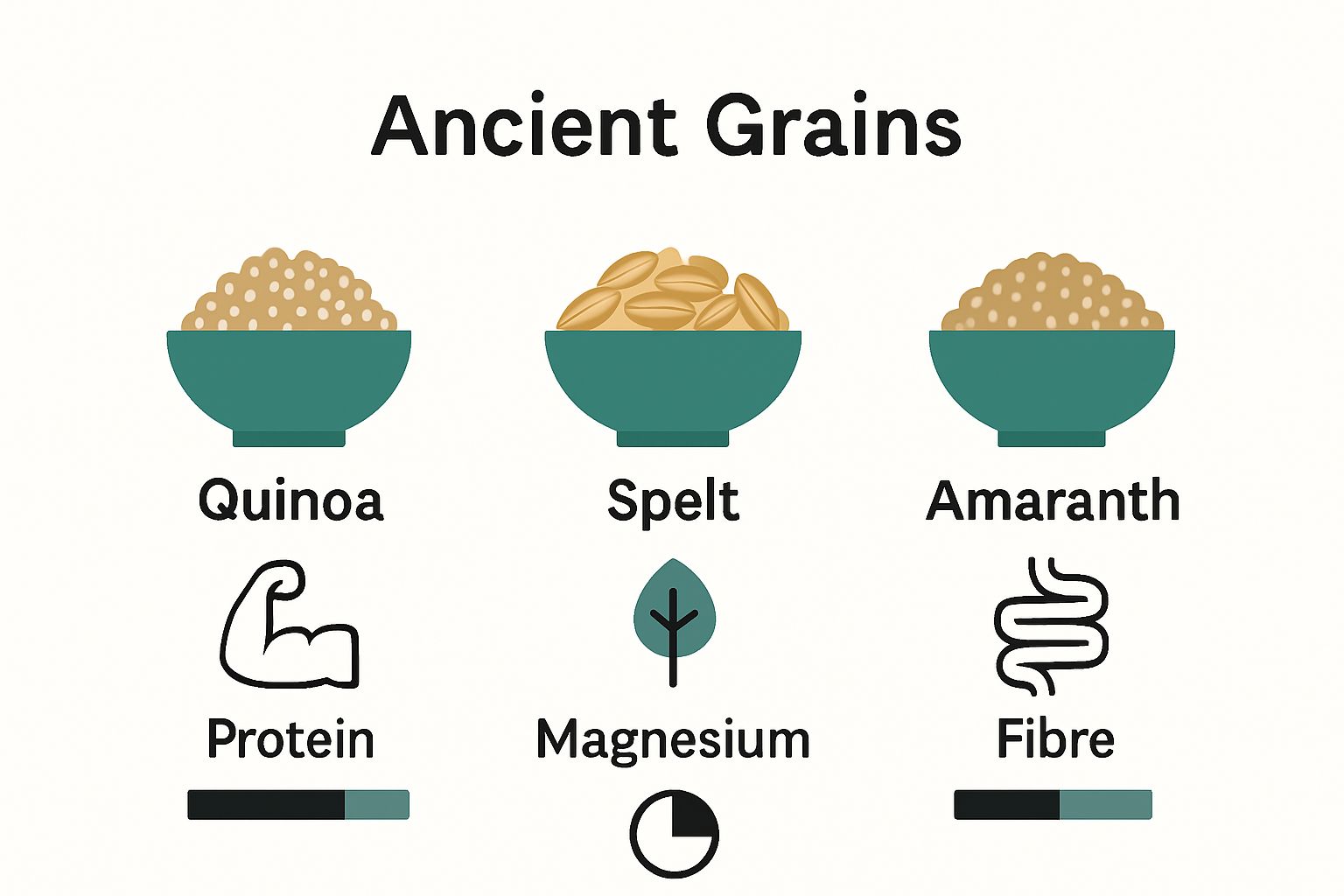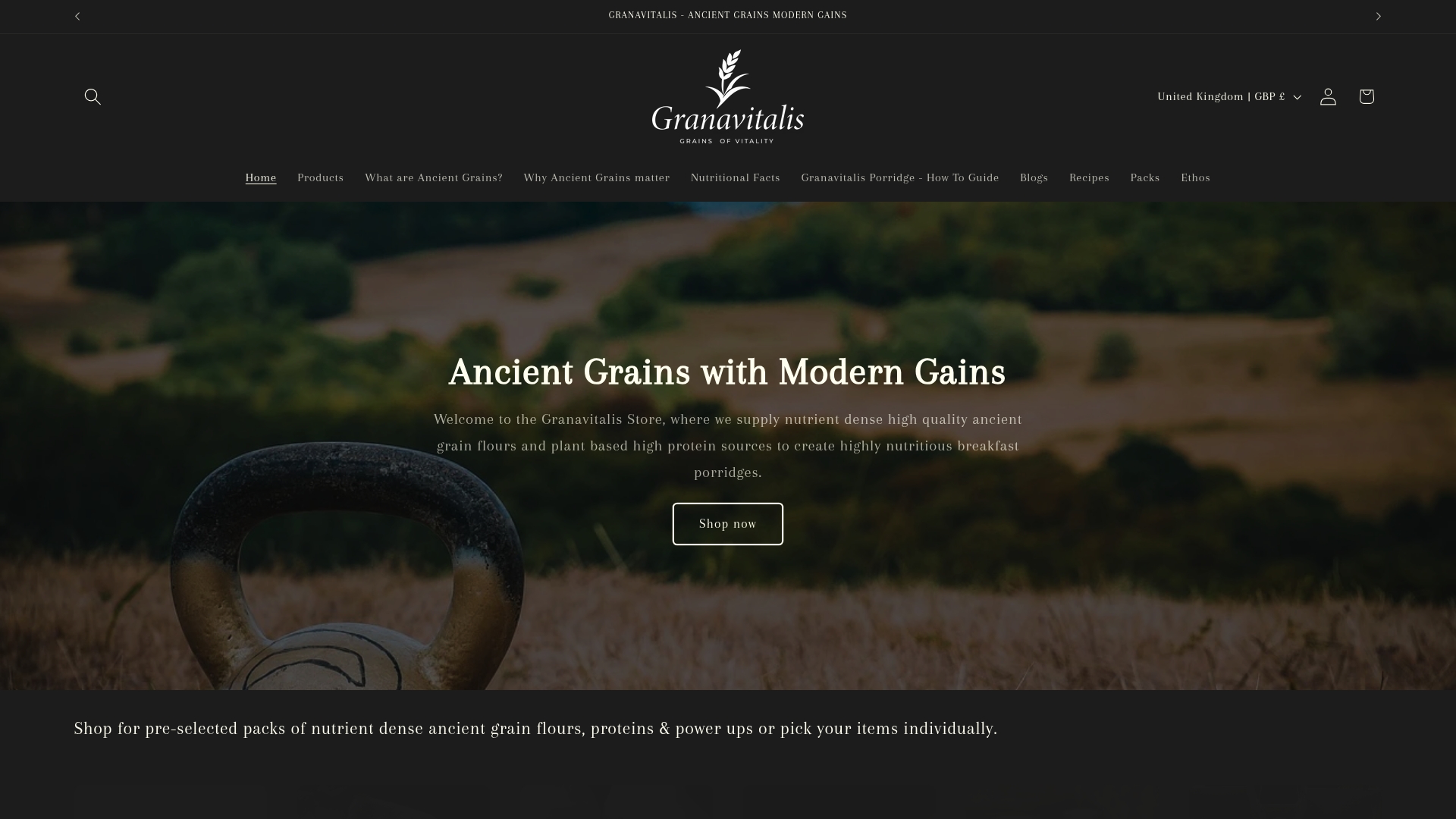
Understanding How Ancient Grains Support Wellness
Share
Ancient grains have quietly powered human diets for thousands of years, yet most people reach for heavily processed wheat without a second thought. Modern bread might seem more convenient but it actually loses out in nutrition by a massive margin. Some types of ancient grains contain up to 18% protein and far higher levels of key minerals like zinc and magnesium compared to regular wheat. The real surprise is ancient grains are not just an old-fashioned fad. They offer precisely the kind of balanced nutrition and gut-friendly benefits modern science is only now starting to value.
Table of Contents
- The Nutritional Profile Of Ancient Grains
- Why Ancient Grains Matter For Health
- How Ancient Grains Support Digestive Wellbeing
- The Role Of Ancient Grains In Plant-Based Diets
- Incorporating Ancient Grains Into Everyday Meals
Quick Summary
| Takeaway | Explanation |
|---|---|
| Ancient grains are nutrient-dense | They offer higher concentrations of essential minerals like zinc, selenium, and magnesium compared to modern grains. |
| Support digestive health with prebiotics | Ancient grains nourish beneficial gut bacteria, enhancing digestive function and microbiome balance. |
| Sustainable and environmentally friendly | Their cultivation requires fewer resources than conventional crops, making ancient grains a sustainable choice. |
| Versatile for meal integration | Ancient grains can be easily added to various meals, from breakfast to baking, increasing nutritional value. |
| Balance blood sugar levels | Their complex carbohydrates ensure stable energy release without causing rapid blood sugar spikes. |
The Nutritional Profile of Ancient Grains
Ancient grains represent a remarkable nutritional powerhouse that transcends modern processed alternatives. Unlike contemporary wheat varieties, these time-honoured crops offer a comprehensive nutritional profile that supports holistic wellness. Understanding how ancient grains support wellness begins with recognising their exceptional micronutrient composition.
Micronutrient Abundance
The nutritional density of ancient grains stems from centuries of natural cultivation and minimal genetic modification. Research from the National Institutes of Health demonstrates that these grains typically contain significantly higher concentrations of essential minerals compared to conventional grains. Zinc, selenium, and magnesium are particularly prevalent, contributing to improved metabolic function and cellular health.
Key micronutrient advantages include:
- Enhanced mineral content supporting immune system resilience
- Higher concentrations of trace elements critical for enzymatic processes
- Natural antioxidant compounds that combat oxidative stress
Protein and Complex Carbohydrate Composition
Ancient grains distinguish themselves through a superior protein profile and complex carbohydrate structure. Unlike refined grains that rapidly spike blood sugar, these nutritional gems provide sustained energy release. Their protein content typically ranges between 12-18%, offering a more balanced macronutrient profile compared to standard wheat varieties.

The intricate carbohydrate composition ensures gradual glucose absorption, supporting stable metabolic responses and preventing sudden energy fluctuations. This characteristic makes ancient grains particularly beneficial for individuals managing blood sugar levels and seeking consistent energy throughout the day.
Why Ancient Grains Matter for Health
The significance of ancient grains extends far beyond their unique taste profile, representing a fundamental approach to nutritional wellness. Understanding why choose ancient grains reveals their profound impact on overall health and metabolic function.
Holistic Health Protection
Research from the British Dietetic Association demonstrates that whole grains, particularly ancient varieties, play a crucial role in preventing chronic health conditions. Their comprehensive nutritional composition offers multiple layers of health protection. Unlike modern wheat varieties that undergo extensive processing, ancient grains maintain their natural cellular structure, preserving essential nutrients and bioactive compounds.
Key health protection mechanisms include:
- Reducing inflammation through natural antioxidant compounds
- Supporting cardiovascular health by managing cholesterol levels
- Enhancing metabolic resilience through complex carbohydrate structures
Sustainable Nutritional Impact
Ancient grains represent more than a dietary trend they embody a sustainable approach to nutrition that respects traditional agricultural practices. These grains have evolved naturally over thousands of years, developing robust genetic profiles that contribute to their exceptional nutritional value. Their cultivation typically requires fewer pesticides and interventions compared to contemporary commercial crops, making them an environmentally conscious nutritional choice.
Moreover, the genetic diversity of ancient grains provides broader nutritional benefits. Each variety brings unique micronutrient profiles, allowing individuals to diversify their dietary intake and support comprehensive wellness through natural, minimally processed food sources.
How Ancient Grains Support Digestive Wellbeing
Digestive health represents a critical foundation of overall wellness, and ancient grains emerge as powerful allies in nurturing gut functionality. Understanding ancient grains and gut health reveals their profound impact on digestive system performance and microbiome balance.
Prebiotic Properties and Microbiome Support
Research from gastroenterological studies demonstrates that ancient grains possess unique prebiotic characteristics that significantly contribute to digestive wellness. Unlike refined grains, these nutritional powerhouses contain complex fibre structures that nourish beneficial gut bacteria, promoting a balanced and resilient microbiome environment.
Key prebiotic advantages include:
- Stimulating growth of beneficial intestinal microorganisms
- Enhancing bacterial diversity within the digestive tract
- Supporting improved nutrient absorption mechanisms
Inflammation Reduction and Digestive Comfort
Ancient grains distinguish themselves through their capacity to mitigate digestive inflammation and support optimal gut function. Their minimally processed nature means they retain natural enzymes and compounds that facilitate smoother digestive processes. The lower gluten content and different protein structures found in many ancient grain varieties can reduce digestive stress, particularly for individuals experiencing sensitivity to modern wheat products.
The intricate molecular composition of these grains enables gentler interaction with the digestive system, potentially reducing uncomfortable symptoms such as bloating, irregular bowel movements, and metabolic disruptions. By providing a more harmonious nutritional profile, ancient grains represent a sophisticated approach to supporting comprehensive digestive wellness.
To clarify the distinct health and environmental advantages of ancient grains in comparison to modern wheat, the following table summarises key feature differences discussed in the article.
| Feature / Characteristic | Ancient Grains | Modern Wheat/Refined Grains |
|---|---|---|
| Protein Content | Typically 12-18% | Lower, less diverse protein profiles |
| Mineral Density | High in zinc, magnesium, selenium | Lower in essential minerals |
| Carbohydrate Structure | Complex, gradual glucose absorption | Simple, faster sugar release |
| Fibre Content | Rich, includes prebiotic fibres | Reduced due to processing |
| Processing Level | Minimally processed, natural enzymes | Highly processed, nutrients lost |
| Environmental Impact | Grown with fewer resources, sustainable | Higher resource use, less sustainable |
| Impact on Digestion | Supports microbiome, less likely to irritate | Can irritate gut, less microbiome support |

The Role of Ancient Grains in Plant-Based Diets
Plant-based nutrition represents a holistic approach to dietary wellness, with ancient grains emerging as critical components in creating balanced and nutritionally complete meals. Understanding ancient grains in plant-based nutrition reveals their transformative potential in supporting protein intake and metabolic balance.
Protein Diversity and Nutritional Completeness
Research from plant-based nutrition experts highlights that ancient grains offer unique protein profiles critical for vegetarian and vegan dietary strategies. Unlike contemporary refined grains, these nutritional powerhouses provide comprehensive amino acid combinations that support muscle maintenance and cellular repair.
Key protein advantages in plant-based diets include:
- Delivering complete protein structures with multiple amino acid chains
- Supporting muscle regeneration without animal protein sources
- Providing sustained energy release for metabolic functions
Sustainable Nutritional Alternatives
Ancient grains represent more than nutritional supplements they embody sustainable dietary solutions for plant-based consumers. Their cultivation requires significantly less environmental resources compared to animal protein production, making them an ecologically responsible nutritional choice. Quinoa, amaranth, and spelt stand out as exceptional examples of grains that deliver robust nutritional profiles while supporting ethical dietary principles.
By integrating these grains into plant-based meal planning, individuals can create diverse, nutrient-dense meals that support overall wellness without compromising nutritional integrity. The inherent versatility of ancient grains enables creative culinary approaches that make plant-based eating both accessible and enjoyable.
For a concise overview, the table below details popular ancient grains named in the article, highlighting key nutritional and functional roles each plays in supporting modern diets.
| Ancient Grain | Distinct Nutritional Role | Example Usage in Meals |
|---|---|---|
| Quinoa | Complete protein, mineral-rich | Stir fries, salads, bowls |
| Amaranth | High protein, prebiotic fibre | Porridges, baking, breakfast base |
| Spelt | Rich in complex carbs & minerals | Flour substitute in baking |
| Farro | Supports gut health & energy | Grain bowls, hearty salads |
Incorporating Ancient Grains into Everyday Meals
Transforming dietary habits requires practical strategies that make nutritional upgrades accessible and enjoyable. Learn more about integrating ancient grains into daily meal preparation offers a sustainable approach to enhancing nutritional intake without complex dietary overhauls.
Versatile Culinary Applications
Nutritional research from culinary experts demonstrates that ancient grains can seamlessly replace conventional ingredients across multiple meal categories. Their adaptable nature allows for effortless integration into breakfast porridges, lunch salads, dinner grain bowls, and even baking recipes, providing a flexible nutritional foundation.
Strategic incorporation methods include:
- Substituting refined rice with quinoa in stir fry dishes
- Replacing wheat flour with spelt in baking recipes
- Using amaranth as a protein rich breakfast porridge base
Preparation and Storage Techniques
Successful integration of ancient grains requires understanding optimal preparation methods that preserve their nutritional integrity. Different grains demand unique cooking approaches some require soaking, others need specific water ratios or cooking times. Batch preparation and intelligent storage techniques can transform ancient grains from occasional ingredients to convenient meal staples.
By mastering simple preparation techniques, individuals can effortlessly elevate their nutritional profile while introducing exciting textural and flavour dimensions to everyday meals. The key lies in viewing these grains not as challenging ingredients, but as versatile culinary companions that enhance both taste and wellness.
Discover the Power of Ancient Grains in Your Daily Routine
Are you looking to move beyond empty cereals and truly nourish your body? The article explained how ancient grains offer complete support for wellness, from boosting micronutrient intake to enhancing digestive health. At Granavitalis, we believe everyone deserves access to real, ancestral nourishment. Our carefully curated range in All Flours lets you experience the diversity and benefits of ancient grains with every meal.

Take control of your wellbeing now by exploring our collection. Support your body with wholesome porridges, nutrient-rich baking, or gluten free alternatives from our Gluten Free Flours. Each product is chosen for its purity, tradition, and genuine wellness benefits. Start your journey at Granavitalis and bring the wisdom of ancient grains to your modern table today.
Frequently Asked Questions
What are ancient grains?
Ancient grains are traditional crops that have remained largely unchanged over the centuries, known for their high nutritional value. Examples include quinoa, amaranth, spelt, and farro.
How do ancient grains support digestive health?
Ancient grains contain complex fibre structures that act as prebiotics, nourishing beneficial gut bacteria and promoting a healthy microbiome. Their minimal processing retains natural enzymes that aid digestion.
What nutritional benefits do ancient grains offer compared to modern grains?
Ancient grains typically have higher concentrations of essential minerals, more complex carbohydrates, and a better protein profile than modern grains, contributing to sustained energy and improved metabolic health.
How can I incorporate ancient grains into my diet?
You can easily integrate ancient grains into your meals by substituting them for refined grains in recipes. They can be added to breakfast porridges, salads, grain bowls, or used in baking for a nutritional boost.
